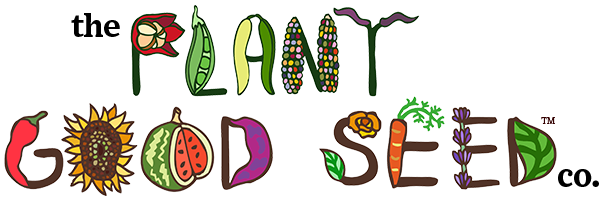White Sage is a drought tolerant California native with tall flowering stalks and highly aromatic silvery gray leaves. Seeds are certified organic.
White Sage or Bee Sage (Salvia apiana) is a perennial shrub native to Santa Barbara County to Baja California, Mexico. The indigenous tribes of these regions, including Kumeyaay, Luiseño, Cupeño, Cahuilla, Chumash, Kiliwa, and Gabrieleno/Tongva have used it for smudging and purification (its leaves have a distinct aroma when burned), as well as food and medicine. These seeds are cultivated on two farms in our region under certified organic conditions. They are not wildcrafted, wild harvested, or "sustainability wild harvested."
We’ve worked with our own white sage seed for more than a decade, and this has improved the germination rates compared to wild harvested seed. However, because white sage is still a genetically wild plant, expect seeds to display a fair amount of dormancy, meaning they may not sprout evenly or all at once like a typical garden vegetable.
A light, sandy-textured soil medium is ideal for starting sage seeds, but a typical garden soil also works fine. Sow 3-5 seeds per cell for every single plant desired. Keep seeds consistently moist throughout their germination period.
Baby seedlings are green, with foliage turning to the iconic silvery grey as it mature. Transplant seedlings outdoors when they reach two to three inches in height. White Sage is drought tolerant, but moderate watering toward the beginning of plants lifecycle helps them get established. As the plants mature, gradually reduce waterings to 1-2 times a week. Overwatering can kill or cause plants to lodge (tip over) from the center. White Sage will produce harvestable foliage about 120 days from seeding under ideal conditions. Plants can reach between 3-4 feet tall but plant stalks can reach well over eight feet when in flower. It may take multiple years for plants to reach this height and your results may vary based on soil type and climate.
For container growing, continually pot up as needed and bring indoors with an equivalent full sun plant light setup when substantial frosts occur. As substantial outdoor frosts will kill plants, so if you are in a region with cold winters, consider growing the plants as an annual.
Collections: All Products Bulk Sizes Sage Southern California Native Plant Seeds
We use cookies on our website to give you the very best shopping experience we can. By using this site, you agree to its use of cookies.
Emails every 4-6 weeks featuring compelling original gardening content, new variety announcements, sales, and event appearances.
